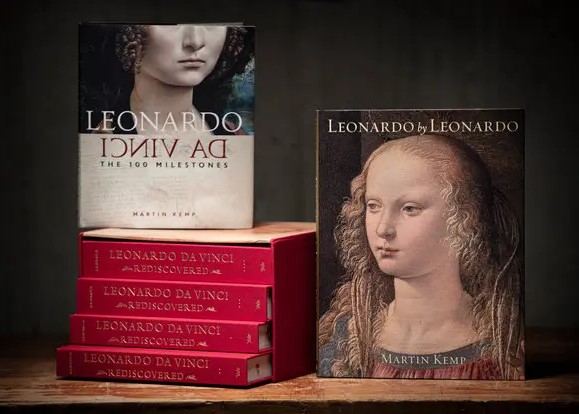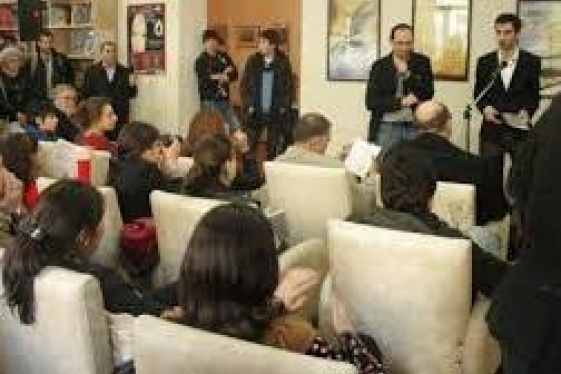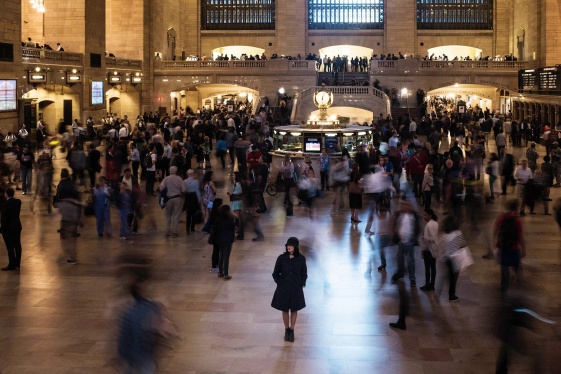

BY: Lauren Christensen
When Leonardo da Vinci died on May 2, 1519 (at the Château du Clos Lucé in France; he was 67), he left behind a body of work that radically upended every discipline it encompassed — which was pretty much every discipline. The illegitimate child of a 15-year-old orphan from the Tuscan town of Vinci began his career as a teenager in the workshop of the Italian artist Andrea del Verrocchio, but over the decades his long résumé would come to include so much more than just painting and sculpture.
His polymathic genius — in such disparate fields as architecture, anatomy, geology, mathematics, design and civil engineering (he is said to have conceived of the mechanics behind the helicopter and the parachute centuries before these were invented) — made him, in the words of his 16th-century biographer, Giorgio Vasari, “more divine than human.”
SOURCE: https://www.nytimes.com
You may be interested
-
'Phantom Limb': A Conversation With Dennis...
Dennis Palumbo is a thriller writer and psychotherapist in private practice. He's the auth...
-
An Unlikely Union: The love-hate story of Ne...
Award-winning author and Brooklynite Paul Moses is back with a historic yet dazzling sto...
-
Former Montclair resident turns recipes into...
Former Montclair resident Linda Carman watched her father's dream roll off the presses thi...
-
''La Gente di Mulberry Street'' presentato a...
Valsinni- Italia, terra di emigranti. Presentato a Valsinni il nuovo saggio storico di Raf...
-
'An Unlikely Union' author Paul Moses on his...
by Ginger Adam Otis Any journalist who has ever been an author has lived through...
-
'An Unlikely Union': Paul Moses on the urban...
Few American cities, with the possible exception of Chicago, do urban ethnic drama like Ne...
-
'Augie’s War' novelist to appear at Elkins bo...
Charleston author and Gazette-Mail wine columnist John H. Brown will conduct a book readin...
-
'Ferrante Fever' Documentary: A Literary Phen...
It's generally accepted that, in order to achieve fame and fortune, one must be prepared t...













